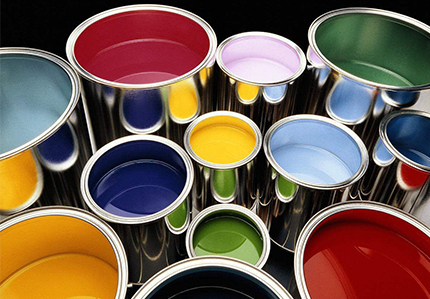Definition of Hydrophilic Softener
A hydrophilic softener is a detergent that contains active ingredients with softening effects, high-quality hydrophilic agents, and antistatic agents. These components work together to make clothes or fabrics not only soft and smooth after washing but also possess good water absorbency and antistatic properties.
We will explore the roles of hydrophilic softeners and the relationship between fabric types and hydrophilic softeners to understand which fabrics require the use of hydrophilic softeners.
The Role of Hydrophilic Softeners
The primary role of hydrophilic softeners is to improve the hydrophilicity and softness of fabrics. Their function can increase the moisture absorption of fabrics, making them easier to absorb water, thereby enhancing the comfort and durability of the fabric. Moreover, they can significantly reduce the hardness of fabrics, making them softer and smoother, increasing the comfort of wearing. Lastly, they can make fabrics more delicate, improving the feel and touch, and enhancing the quality of the fabric.
Application and Effects of Hydrophilic Softeners in Different Fabric Treatments
Different types of fabrics have varying requirements for hydrophilic softener. Some fabrics, due to their specific materials and uses, need the addition of hydrophilic softeners to improve their performance. For instance, natural fibers like cotton and linen are prone to static and friction. Adding hydrophilic softeners can reduce static and increase smoothness, while also enhancing moisture absorption and softness. Synthetic fibers such as polyester and nylon have good water resistance and smoothness, but still require hydrophilic softeners to enhance their moisture absorption and comfort. Blended fiber fabrics, which combine characteristics of various fibers, need appropriate amounts of hydrophilic softeners to achieve optimal hydrophilicity and softness.
Hydrophilic softeners have wide applications in the treatment of different types of fabric. They can improve the hydrophilicity and softness of the fabric. The SiSiB SILICONES hydrophilic softener can impart excellent softness and certain hydrophilic properties to chemical fibers and their blended fabrics. It is soft without being slippery and can improve the sewability of fabrics. With the continuous advancement of technology, there will certainly be more high-performance hydrophilic softeners from SiSiB SILICONES in the future, bringing more innovation and development to the fabric industry.
 English
English 日本語
日本語 한국어
한국어 français
français Deutsch
Deutsch Español
Español italiano
italiano русский
русский português
português العربية
العربية tiếng việt
tiếng việt

